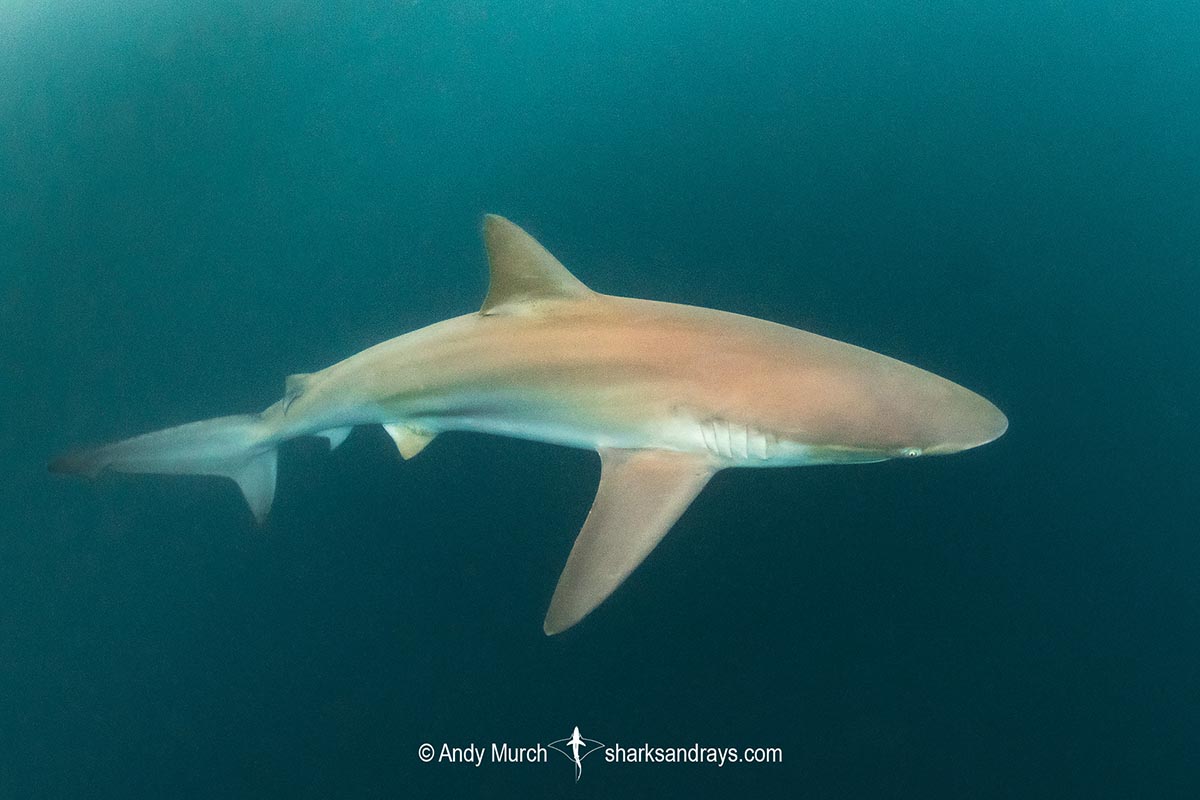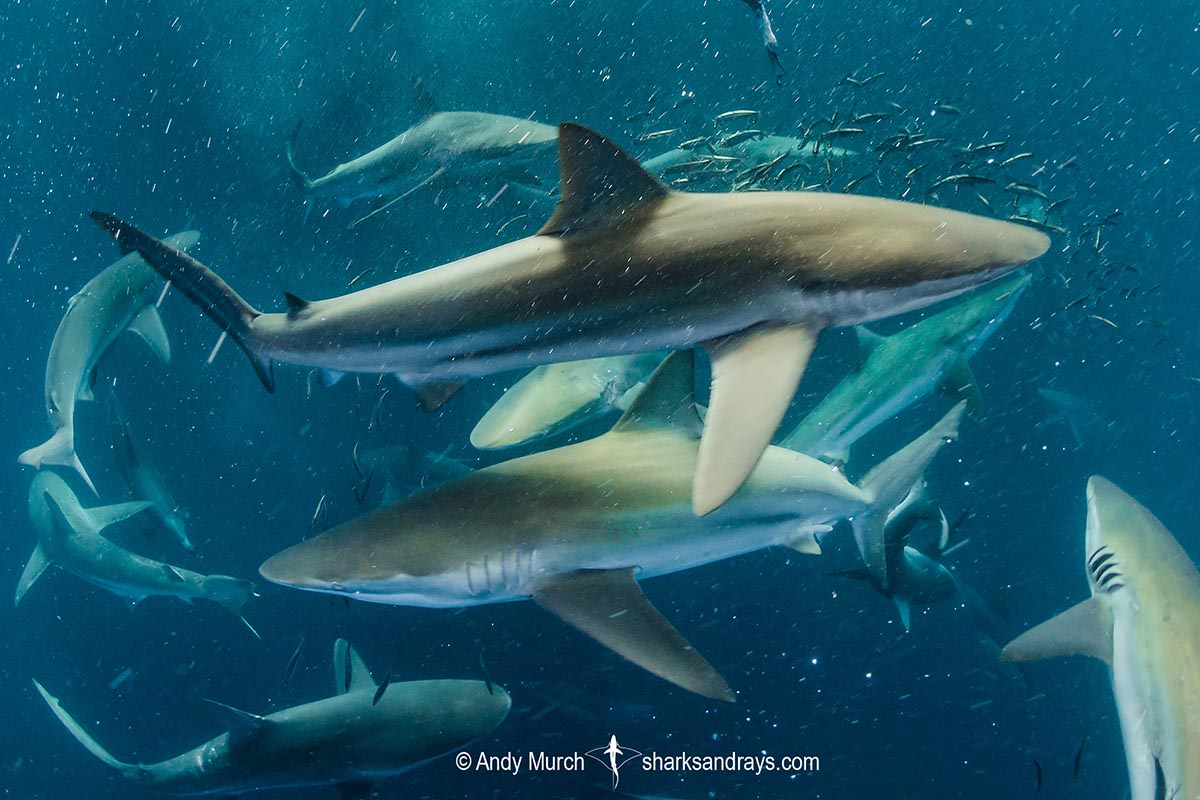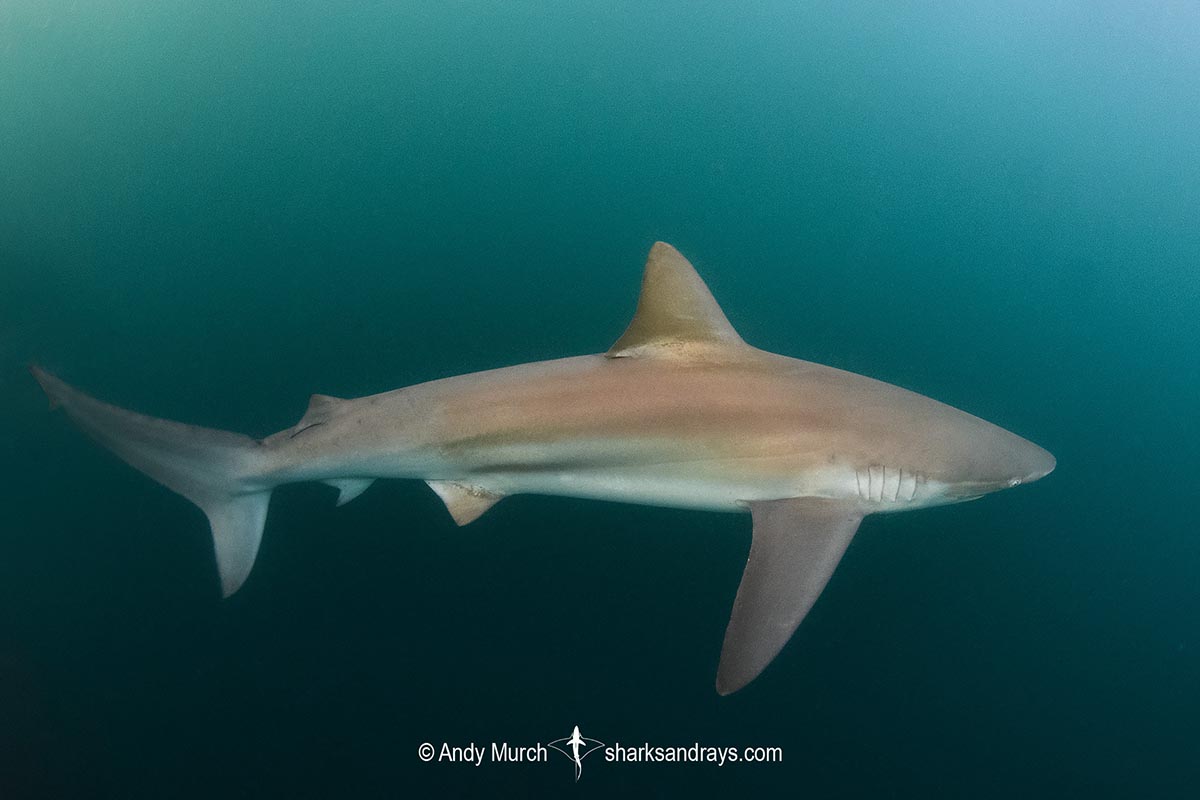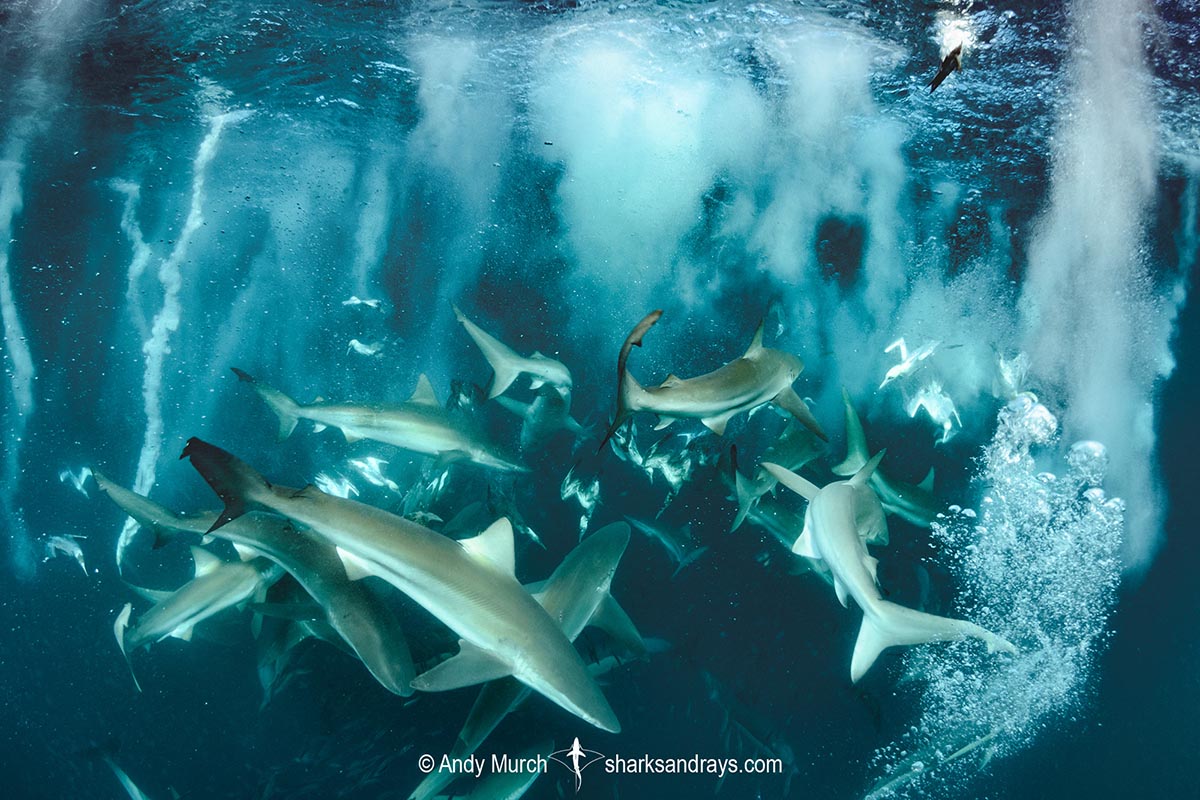Common names
Bronze Whaler Shark, Copper Shark, Narrowtooth Shark.
Binomial
Carcharhinus brachyurus
Synonyms
Identification
Bronzy to olive-grey dorsal colouration with horizontal pale band along flank. Origin of first dorsal fin level with (or slightly anterior to) free rear tip of pectoral fin. Free rear tip of first dorsal fin noticeably short. Second dorsal origin slightly posterior to anal fin origin. No interdorsal ridge. Pectoral fins long. Fins sometimes dusky towards tips and posterior margin.
Size
Maximum length 305cm. Size at birth 59-70cm.

Conservation Status
VULNERABLE
In east Asia, Carcharhinus brachyurus is one of the target species in an intensive shark fishery that has let to the collapse of all large coastal shark populations in the region. Habitat loss from development and pollution in coastal nursery areas is a contributing factor, as is the targeting of pregnant females and juveniles.
The bronze whaler population in Australia is relatively. In New Zealand, overfishing has let to population decline but the species remains relatively common.

Habitat
Warm-temperate and subtropical seas. From inshore to far offshore on continental shelves. Found from the surface to at least 100m depth.
Distribution
The bronze whaler shark has a wide ranging but patchy distribution. It is relatively common around the coast of southern Australia New Zealand, and seasonally abundant in South Africa. It is also found off West Africa and in the western end of the Mediterranean but is absent from the northwest Atlantic.
It is found on both sides of South America and very rarely in the north eastern Pacific from southern Mexico to southern California.
It is also present around Japan and along the coast of China and Korea.
Reproduction
A viviparous species with yolk-sac placenta. 13-24 pups per litter. Gestation is approximately 12 months. Mating occurs biannually. Bronze whalers are relatively late maturing sharks. Males mature around 13yrs. Females mature around 20yrs.
Diet
Diet mainly consists of small schooling fishes. Bronze whalers in South Africa predate heavily on pilchards (Sardinops sagax).
Behavior
Bronze whaler sharks congregate in large numbers in the South African winter months to feed on migrating sardines that are corralled into bait balls by pods of common dolphins. Although there is no evidence that the sharks consciously cooperate with the dolphins to herd the fish, they may inadvertently help to pin the bait at the surface by attacking bait balls from below.
A migratory species but with little exchange between isolated populations.
Reaction to divers
Shy around scuba divers but the bronze whaler can be fairly bold in baited situations.
Diving logistics
Bronze whalers are one of the sharks that feed voraciously on bait fish during the South African Sardine Run. Although they are sometimes encountered in Australia, the Wild Coast of South Africa remains the best place to see one during the sardine migration in June/July.
Similar species
Dusky Shark Distinguished by longer free rear tip on first dorsal fin and pronounced interdorsal ridge.



